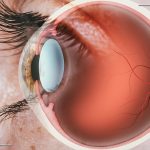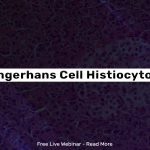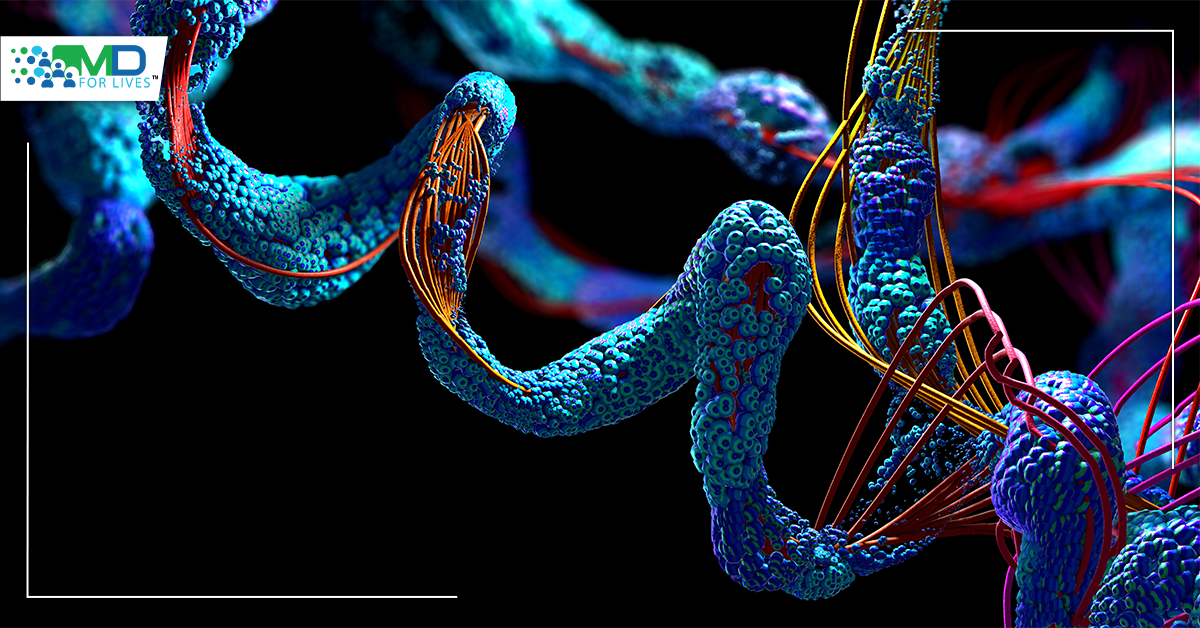Keywords: rare disease, rare disorders, achondroplastic dwarfism
Meta Description: In November and December 2021, the FDA approved innovative treatments for achondroplastic dwarfism and two other rare disorders.
Possible URL ending: rare-disease-advances-2021
In November and December 2021, the FDA approved innovative treatments for three different rare diseases. The drugs include vosoritide, which can improve growth in children with achondroplasia (a form of dwarfism); efgartigimod, which can reduce damaging immune responses in generalized myasthenia gravis (a neuromuscular disease causing muscle weakness); and Besremi, a treatment for polycythemia vera (a disorder in which too many red blood cells are produced).1,2,3,4
Drug for achondroplastic dwarfism approved
Achondroplasia is the most common form of dwarfism. This genetic rare disorder affects roughly one out of 20,000 to 30,000 newborns. In addition to short stature (under 4 feet six inches in adulthood), affected individuals typically have macrocephaly (unusually large head), poor muscle tone in infancy, and other physical abnormalities. Sometimes, complications like obstructive sleep apnea, spinal stenosis, or even life-threatening cervical spinal compression can develop.5
In November 2021, the FDA approved vosoritide, sold as Voxzogo, to improve the growth of children with achondroplastic dwarfism.3 The injection is approved only for children ages 5 and up who still have open epiphyses (growth plates) – meaning they can still grow.3
Achondroplasia’s underlying cause is a genetic mutation that makes the fibroblast growth factor receptor 3 (FGFR3) more active, limiting the conversion of cartilage to bone and slowing bone growth. The newly approved drug targets another receptor, natriuretic peptide receptor type B, which when activated, reduces the activity of FGFR3.6 In a clinical trial, vosoritide improved growth by an average of 1.57 cm of height (compared with placebo) in children ages 5-18 after one year. The treatment is also being tested in younger children.6

In achondroplastic dwarfism, a genetic mutation in FGFR3 limits the conversion of cartilage to bone and slows bone growth.
Novel antibody for myasthenia gravis, a neuromuscular rare disorder
Efgartigimod, commercialized as Vyvgart, is an antibody fragment that reduces the level of immunoglobulin G (IgG) in the blood. On December 17, 2021, the FDA announced Vyvgart’s approval for use in patients with generalized myasthenia gravis and anti-acetylcholine receptor antibodies.2
Myasthenia gravis (MG) is a rare disease that most commonly occurs when the immune system produces antibodies against acetylcholine-binding receptors critical to neuromuscular function. The loss of these receptors affects voluntary muscles, often including those controlling the upper limbs, eyelids, eyes, mouth, and throat.
MG muscle weakness varies over time, typically improves with rest, and can cause difficulties with speaking, eating and swallowing, and vision.2,7 Some patients can develop life-threatening weakness of the muscles used in breathing.7

: Myasthenia gravis (MG) most commonly occurs when the immune system produces antibodies against acetylcholine-binding receptors critical to neuromuscular function; this leads to muscle weakness that varies over time.
Efgartigimod was tested in a randomized, placebo-controlled, double-blind trial with 167 adult patients who had generalized myasthenia gravis. Sixty-eight percent of patients treated with efgartigimod had improvements in a measure of daily functioning, compared with 30% of those on placebo.8 Because this therapy reduces the overall IgG level, it may increase the risk of infections, and patients should be monitored for signs of infection.2
Interferon therapy approved for a rare disease of blood
On November 12, 2021, the FDA approved ropeginterferon alfa-2b-njft, sold as Besremi, for use in polycythemia vera. Polycythemia vera (PV) is a disorder in which the bone marrow produces excessive red blood cells. The underlying cause is a genetic mutation in bone marrow cells, and PV is classified as a myeloproliferative neoplasm.4,5
In PV, the high levels of red blood cells in circulation cause hyperviscosity (thickening) of blood and can lead to blood clots, enlarged spleen, headache, fatigue, and other symptoms and complications. Some patients progress to other blood and bone marrow disorders including myelofibrosis or leukemia. In the US, 6,200 new cases of PV are diagnosed each year.4,5
Other treatments for this rare disease include phlebotomy (simply removing excess blood cells through a blood draw) and the use of chemotherapy drugs like hydroxyurea and busulfan to reduce red blood cell production. Jakafi (ruxolitinib), a JAK 1 and 2 inhibitor, was approved in 2014 for use in PV patients intolerant to hydroxyurea. Some patients use additional drugs to treat or prevent PV complications.5
The new drug is the first interferon therapy approved for PV; it works by binding to interferon receptors to induce suppression of red blood cell production. It was evaluated in a non-placebo-controlled trial with 51 patients who had received previous PV therapy. Sixty-one percent of the patients achieved a complete hematologic response, including hematocrit <45% without phlebotomy, platelet count ≤400 × 109/L, leukocytes ≤10 × 109/L, and normal-sized spleen.4

Besremi will be delivered as an injection given every two weeks or every four weeks, depending on the patient’s response. Like other interferon alfa therapies, Besremi may cause adverse autoimmune, neuropsychiatric, or ischemic effects, and it can raise the risk of an infection; certain patients should not take Besremi for these reasons.1






